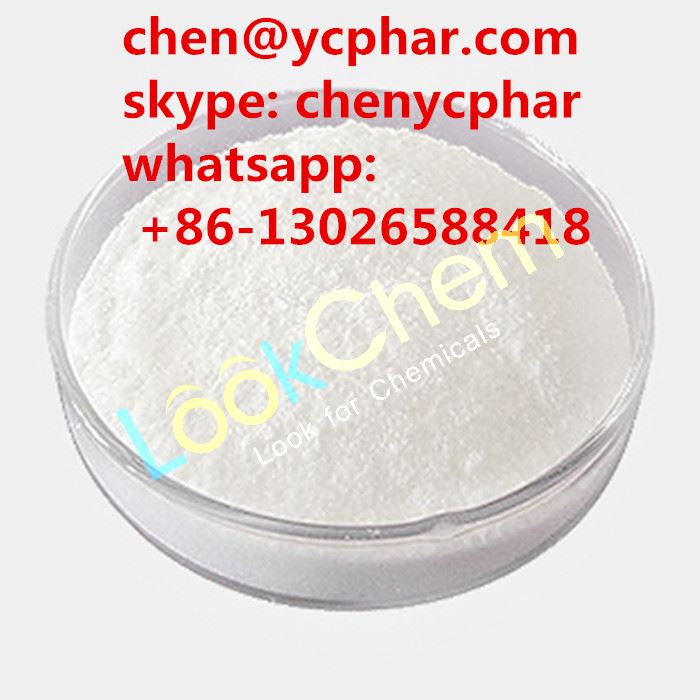Ketoconazole
Product Name Ketoconazole
CAS 65277-42-1
MF C26H28Cl2N4O4
MW 531.43
EINECS 265-667-4
Purity 99%
Appearance White Powder
Usage antifungal
Synonyms 3-dioxolan-4-yl)methoxy)phenyl)-,cis-;fungarest;fungoral;
ketoconazol;ketoderm;ketoisdin;kw-1414;nizoral
Categories perimental Use;Antitumors for Research and Experimental Use;Biochemistry;Antibiotic Explorer;Inhibitors;Intermediates & Fine Chemicals;Pharmaceuticals;API;API's;Antifungal;Heterocycles;Isotopically Labeled Pharmaceutical Reference Standard;KETOZOLE
Description :
Ketoconazole is a broad-spectrum antifungal imidazole .It interferes with the activity of fungal cytochrome P-450 with a high selectivity, thus inhibiting the biosynthesis of ergosterol in fungal cell membrane. It is effective in treating both shallow, deep fungal infections and can inhibit both fungal growth and the transition from spores to mycelium to prevent the further infection.
It has antifungal effect on Candida genus, Fonsecaea, Coccidioides, Histoplasma, Sporothrix spp and Trichophyton. Clinically, it is suitable for the treatment of ringworm, athlete's foot, and skin ringworm, tinea, jock itch, and thrush, tinea versicolor as well as cutaneous candidiasis.
Ketoconazole lotion, as a skin external use, is mainly used for clinical treatment and prevention of various kinds of infections caused by Malassezia such as tinea versicolor, seborrheic dermatitis and scalp pityriasis (dandruff), and can quickly alleviate the desquamation and itching caused by seborrheic dermatitis and scalp pityriasis.
Pharmacology:
ketoconazole belongs to azole-class antifungal drugs and has antifungal activity against various kinds of genus of deep fungal infections such as Candida, Fonsecaea, Coccidioides, Histoplasma, Sporothrix spp as well as Trichophyton. However, this product has a relative weak activity against Aspergillus, Sporothrix schenckii as well as some species of Dermateaceae and Mucor.
This product, through actively interfering with the activity of cytochrome P-450, is capable of inhibiting the biosynthesis of the major steroids - ergosterol of the fungal cell membrane. Therefore, it destroys the fungal cell membrane and changes its permeability, resulting in the leakage of important intracellular material.
Ketoconazole can also inhibit the biosynthesis of fungal triglyceride and phospholipid biosynthesis, inhibit the activity of oxidase and peroxidase, causing accumulation of intracellular hydrogen peroxide which further leads to cell submicroscopic structural degeneration and necrosis. For candida albicans, it can also suppress the transition process from spores to aggressive mycelium.
Toxicology: Long-term animal toxicity experiments have showed that ketoconazole can significantly increase the level of alkaline phosphatase and cause liver cell degeneration.


![]() China (Mainland)
China (Mainland)